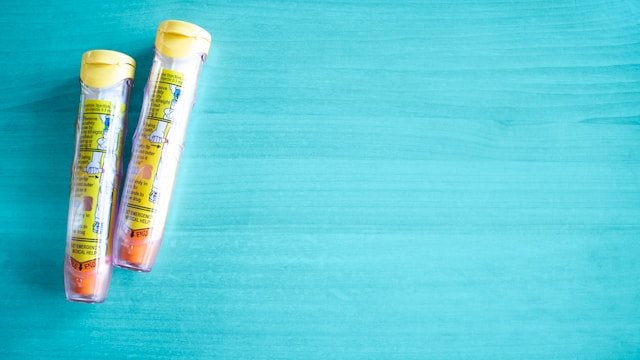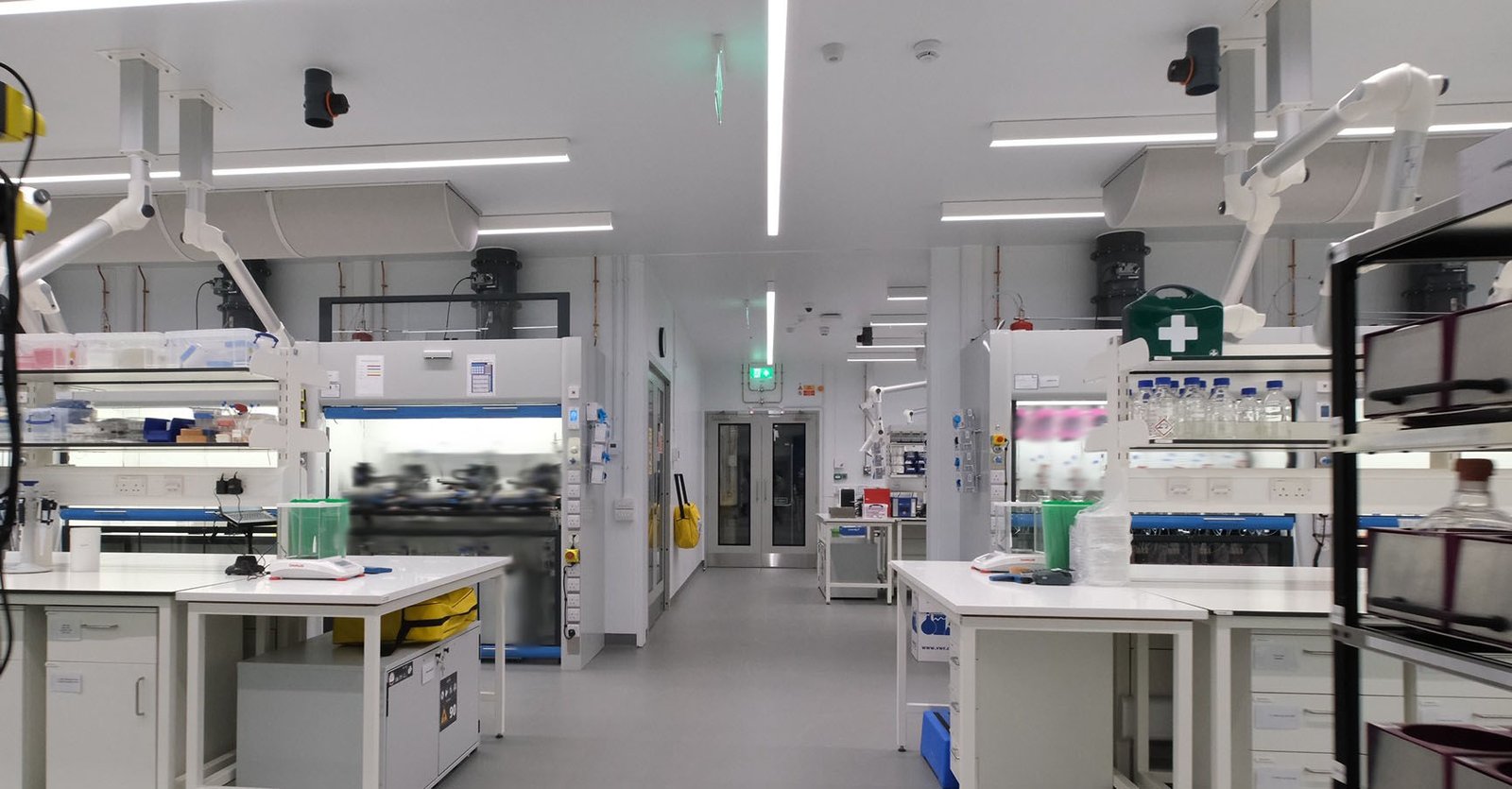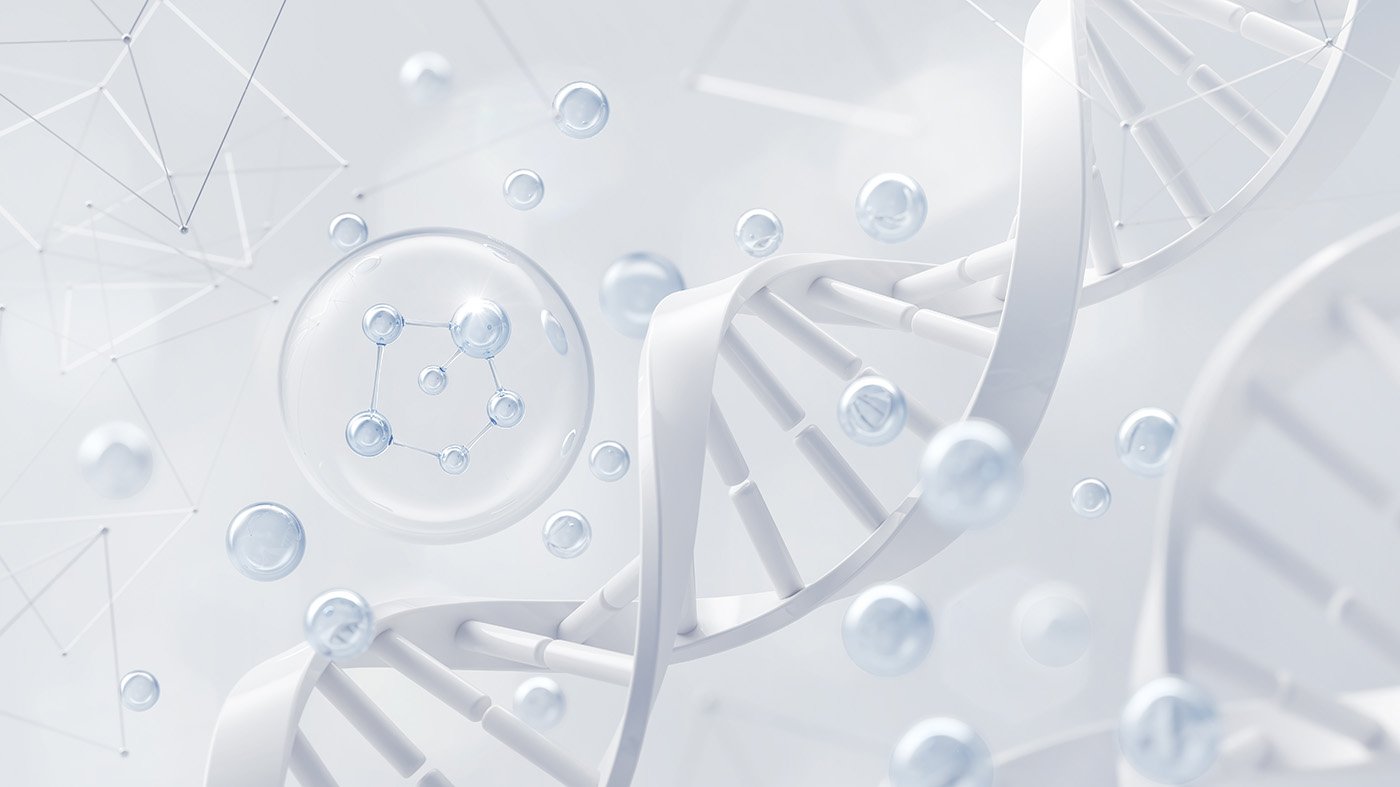Industry is embracing “inline preparation” as an alternative to traditional buffer production methods. However, while the approach can reduce space requirements and costs, drug firms need to think carefully about implementation to reap the full benefits.
This conclusion was reached by researchers at the engineering firm, PM Group, and the University College Cork, in Ireland, who detailed the key design variables for an optimized inline preparation system in a recent study.
“While the adoption of inline buffer preparation is clearly beneficial, this study identified that the careful consideration of design and operating variables can substantially reduce the cost of buffer management even further,” the authors write.
They compared various implementation, design, and operating strategies and found that the “best case” inline buffer preparation setup could reduce costs up to 20% more than an unoptimized system. And, based on an average buffer volume of 25,115 L and 100 batches per year, this saving would correspond to around €2.8 million.
But the potential savings are proportional to the scale of the process.
“For a typical large-scale facility—12,500 L bioreactor with a product titer of 5 g/L— the equivalent cost saving would be in the region of €5.8 million.
“For a typical intermediate scale process—2000 L bioreactor with a product titer of 5 g/L—the annual cost saving would be in the region of €900,000 based on 100 batches per year using the calculated average cost of buffer per liter,” the authors add.
Stock solutions
A “best case” inline preparation system is one that dispenses the stock solutions—the components combined to produce the desired buffer— automatically at a range of different concentrations as needed.
“The optimization of stock solution concentration provides an excellent opportunity to simplify the buffer management problem and further reduce the cost of buffer. It is evident that it is essential to reduce the number of unique stock solution concentrations being utilized rather than minimizing the volumes of stock solution being handled,” the authors write.
“A strategy to minimize stock solutions is likely to be the optimum approach with an overall cost reduction of approximately 9% when compared with a maximum dilution approach,” they add.
Inline preparation can also reduce labor costs, according to the authors, who point out that traditional preparation methods are usually a 24– 7, four-shift operation.
“A traditional 3000 L buffer preparation would take 8 to 10 h with one preparation per vessel per shift. An equivalent volume of buffer could be prepared in one hour [using inline preparation] if a flow rate of 60 L/min is selected.”
The post Inline Prep Could be Ideal Solution for Buffer Bottlenecks appeared first on GEN – Genetic Engineering and Biotechnology News.




